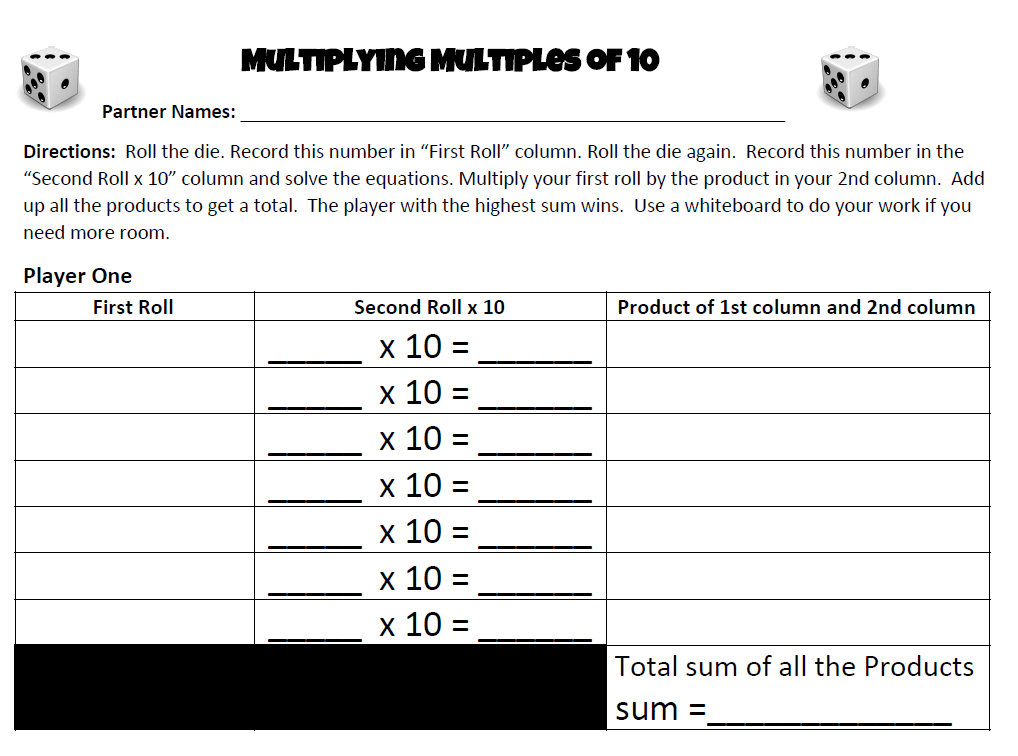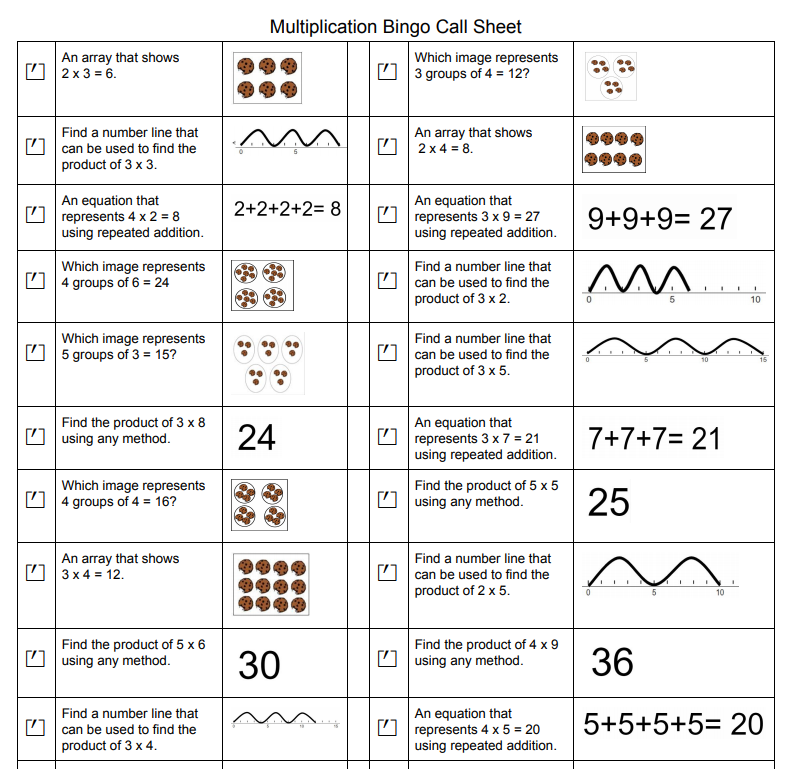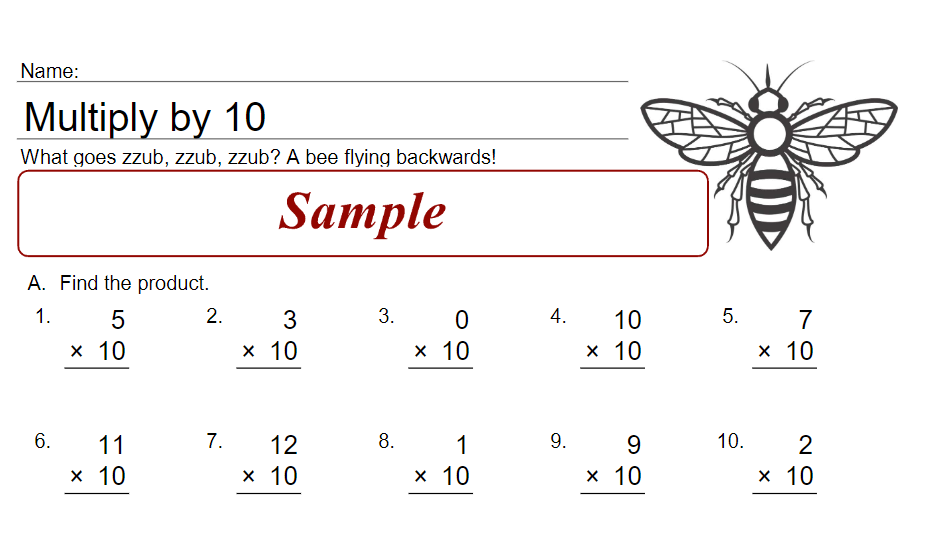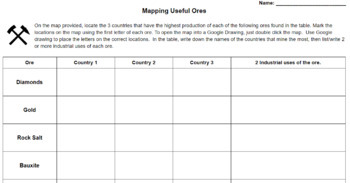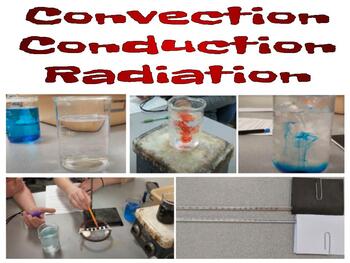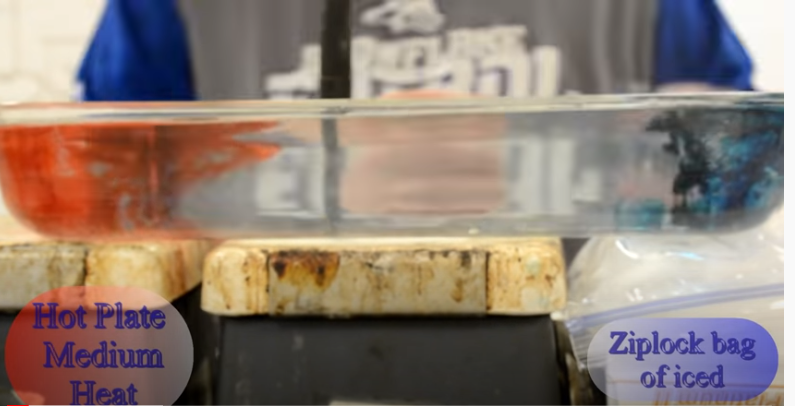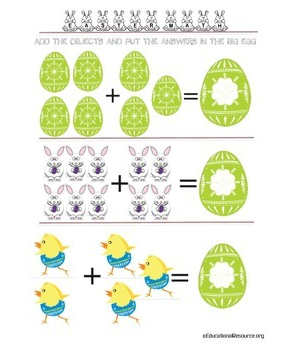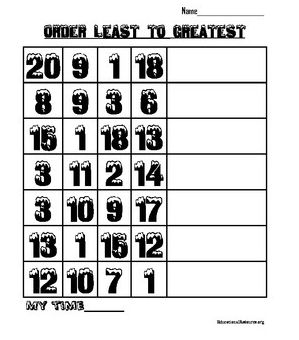Literal vs. Nonliteral figurative language 3rd grade worksheet
Image
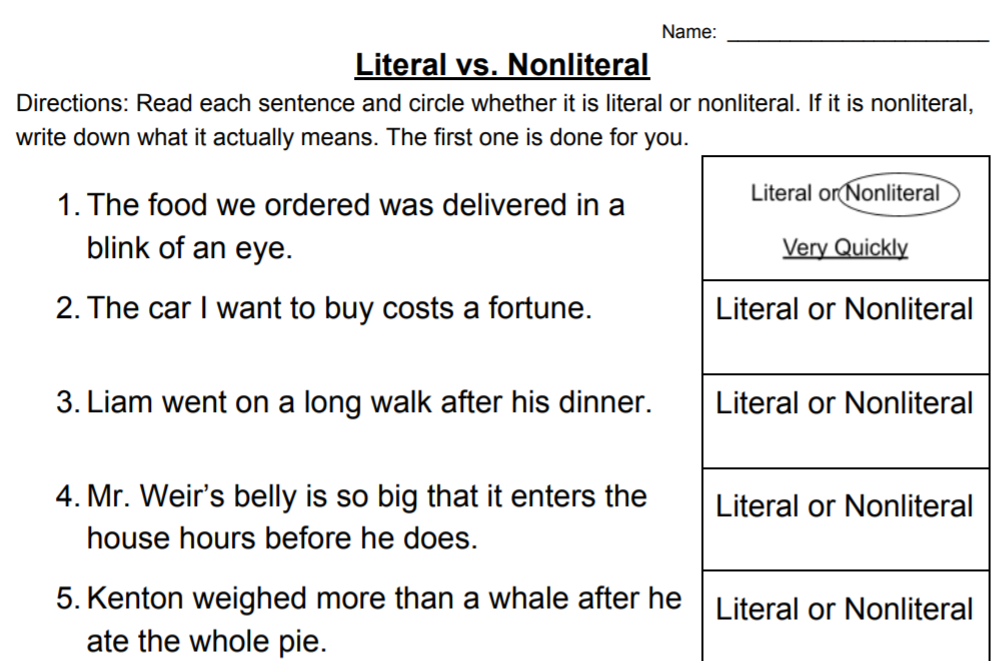
In this 3rd-grade worksheet, students will read a sentence and then decide whether it is talking about something literal or something nonliteral. If it is nonliteral, students will then write what the interpretation of the figurative language should actually be; what the sentence actually means.
Purchasing this worksheet through Teachers Pay Teachers also gives you the ability to assign the worksheet digitally which will self-grade the activity.

